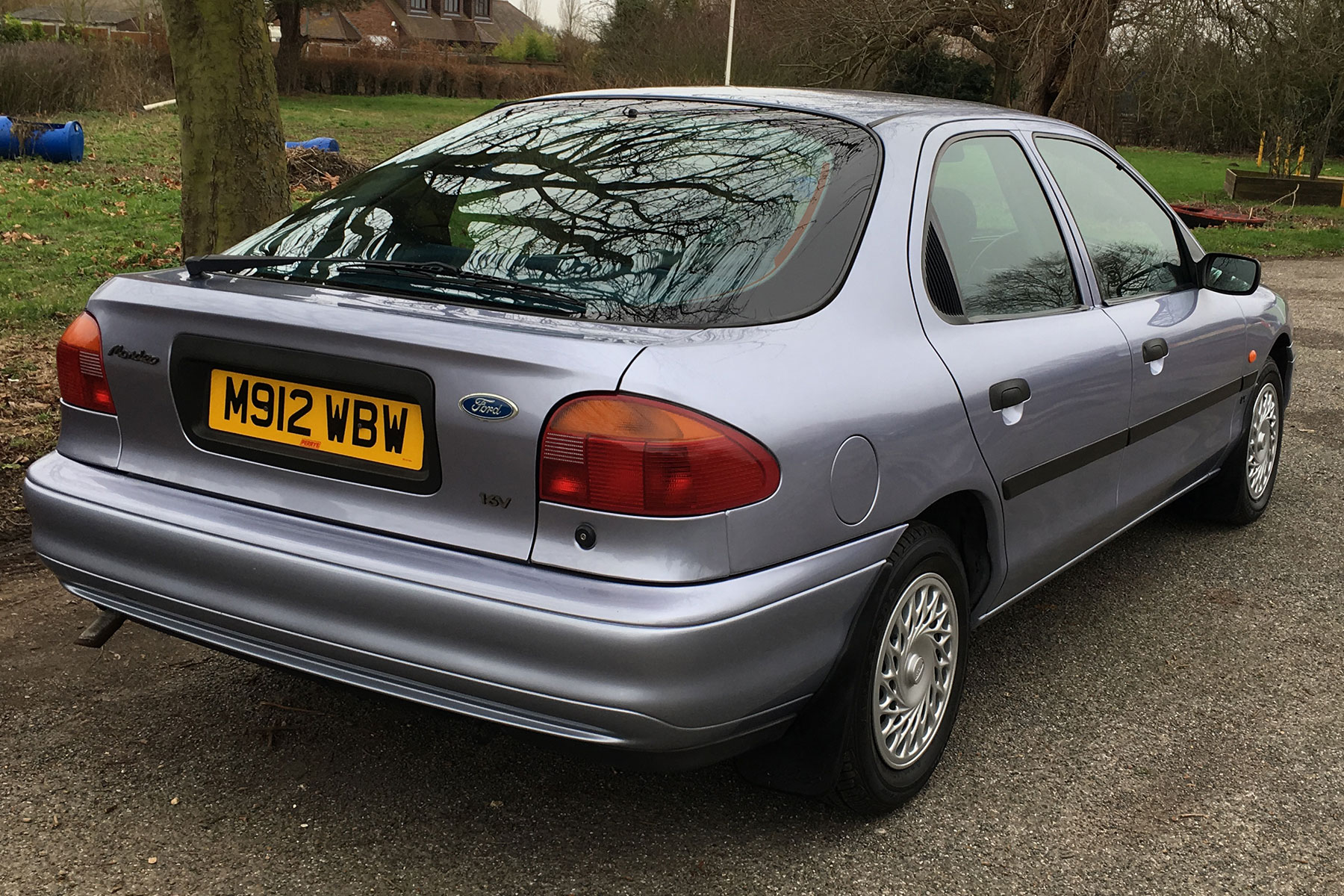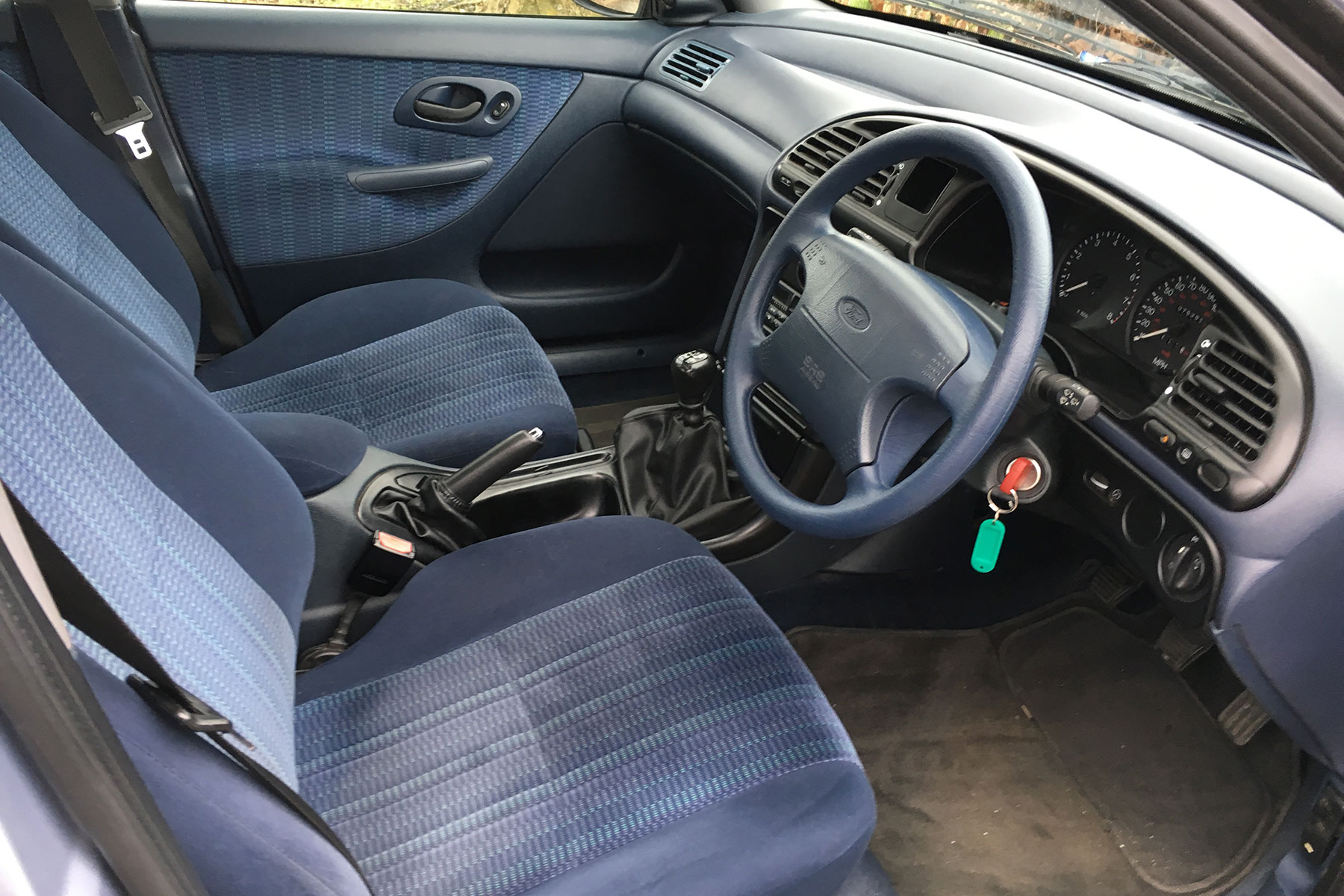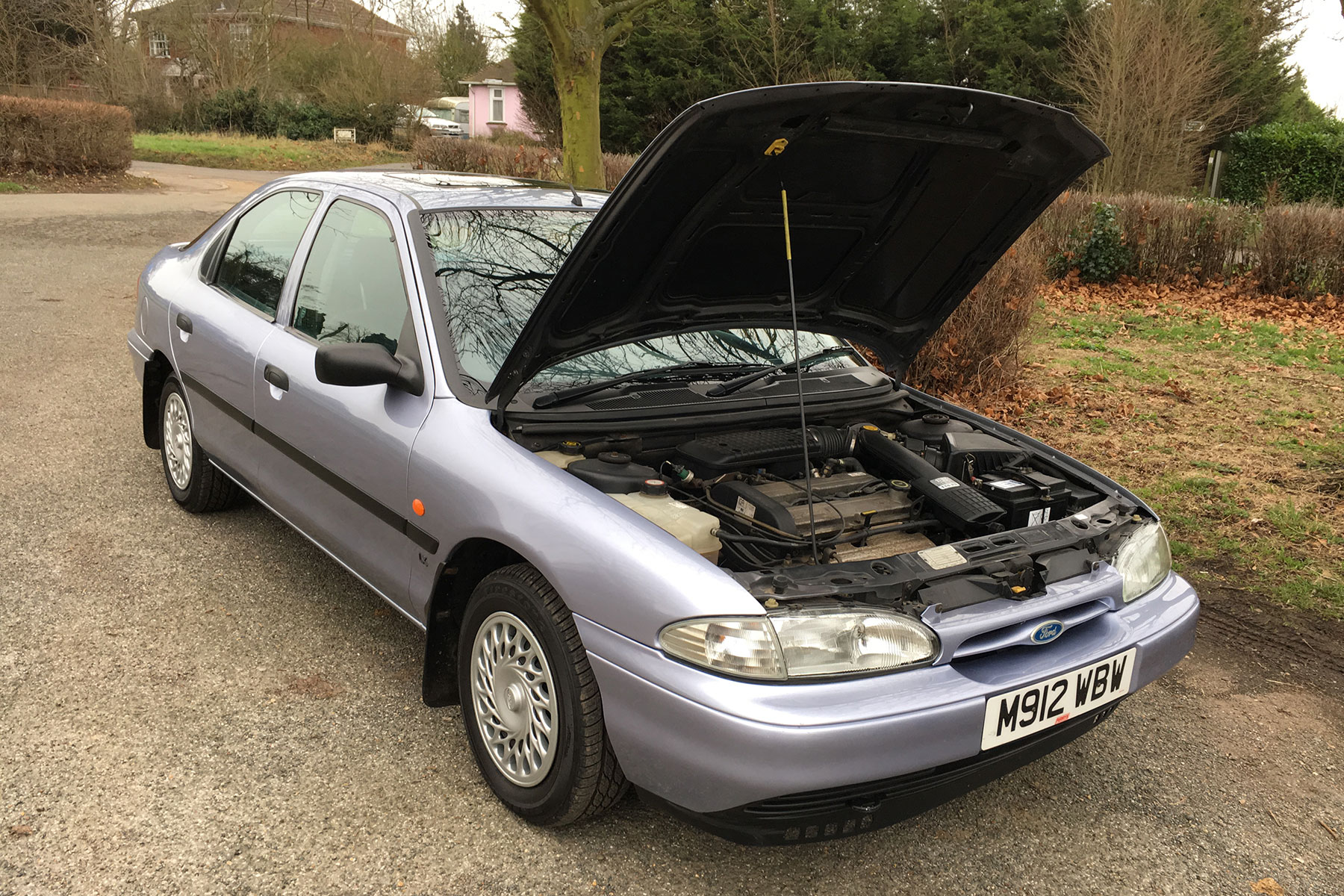The idea of a ‘world car’ wasn’t entirely new when the Ford Mondeo, or ‘CDW27’ as it was then known, was first floated in the mid-1980s. Indeed, Ford had tried it a few years earlier with the Escort, and General Motors had done the same with the Cavalier – but neither were truly global products. They were born from the same idea, perhaps, but each was developed by separate teams on both sides of the Atlantic – with the final products modified to cater for different markets.
However, research suggested that cars didn’t have to be entirely different to be sold around the world. And by the late 1980s, the gap between what customers wanted in the US and Europe was getting smaller. Safety regulations were becoming harmonised, while buyers in all countries were increasingly concerned about fuel consumption and exhaust emissions.
Ford had two products that desperately needed replacement. The Sierra was looking old here in Europe, and losing sales to Japanese rivals. The same was true for the Ford Tempo in the US. Why then, should Ford go to the expense of developing two replacements for both cars, when one would do?

Technology would make it easier for a true world car to be developed. It meant video conferencing could take place between Ford employees worldwide. A dedicated TV-equipped studio set up at Ford’s Dunton Technical Centre provided a live connection to Cologne and Dearborn, removing the need for executives to take expensive and time-consuming flights to discuss the CDW27 project.
Fast-forward to 23 November 1992, and the very first Mondeo leaves the production line ahead of the model’s debut at the 1993 Geneva Motor Show. The design of the production Mondeo (taking its name from the Latin mundus, meaning ‘world’) originates from a concept drawn up by Ford’s studio in Cologne. Proposals by the Dearborn design studio, Ford’s California Concept Center and Carrozzeria Ghia in Turin were all rejected, while the interior was developed at Dunton in the UK.
How does it drive?

Taking a seat in the 1995 Mondeo LX seen here offers a strange contrast between old and new. It looks relatively modern – the switchgear, for example, is logical and easy to find, while the seats feel comfortable enough for covering several hundred miles with ease. But visibility is incredible compared to a car of today. You sit a long way forward, all part of the ‘cab forward’ approach – with a raked windscreen and a short, sloped bonnet.
The late Richard Parry-Jones, the man who would develop the original Ford Focus into arguably the best-handling C-segment car ever, was appointed as chief engineer for the Mondeo. He had the challenge of making it better than a Honda Accord or Nissan Primera – both class-leading in terms of dynamics at the time. And what a commendable job he and his ‘drive team’ did.
An innovative suspension setup was developed, with the hatchback model here using Ford’s ‘Quadralink’ suspension at the rear, mounted onto a separate subframe to improve refinement. Power steering was standard across the range – at the insistence of said drive team, which included former F1 world champion Jackie Stewart.
Although Ford firmed up the Mondeo for Europe, it certainly feels on the softer side today. It wafts over bumps in a way that middle-management company car drivers can can only dream of now – helped, no doubt, by its modest 14-inch wheels. Negotiate bends with any sort of gusto and it’ll lean in a way that newer cars just don’t, but don’t let that fool you – it’ll grip and grip, while providing this brilliant thing called ‘feedback’ though the steering wheel. That’s something we no longer take for granted.
Power in Ford UK’s heritage car comes from the popular four-cylinder 1.8-litre petrol Zetec engine, produced at the firm’s plant in Bridgend. It’s a likeable motor, especially combined with the five-speed manual gearbox, and keen to chase the entire rev-range. Officially it’ll hit 60mph in 10.5 seconds and is capable of 121mph. Not quick by today’s standards, but neither is it going to be left behind.
If it’s thrills you’re after, you’ll be wanting the US-sourced 2.5-litre V6. Although it sold in much smaller numbers in Europe, they do come up for sale occasionally. With 170hp on tap, the V6 will take the Mondeo to 62mph in 7.8 seconds and 139mph flat-out.
Tell me about buying one
If you really want to buy an original Mondeo – and why wouldn’t you? – you’ll be pleased to read that they’re still worth very little today. Keep an eye on the classifieds and a budget as low as £1,500 could find you a usable car with an MOT, while paying a little more opens up a wider market.
The downside of the low values is that, to many, they’re still seen as cheap sheds – and may have been maintained as such. Service history is desirable, as are wheelarches that aren’t made of filler. Take a magnet and a screwdriver to check, and have a look through the car’s MOT history to see what it could be hiding.
Ask for evidence that the cambelt has been changed recently – Ford advises changing it every 80,000 miles, so factor it into your negotiations if it hasn’t been done. Other than that, it’s fairly standard stuff: do all the electronics work, does it get up to temperature (and stay there), and does the suspension feel tired on a test-drive?
While Ford parts shouldn’t be challenging to come by, we have heard of some obscure early Mondeo parts becoming increasingly difficult to find as the number left on the road drops. If there’s anything the seller has neglected to fix, be sure to ask them why.
Ford Mondeo Mk1: Verdict

We don’t need to tell you just how successful the original Ford Mondeo became. A flurry of dealer-demonstrators meant it became the sixth best-selling car in the UK in the first half of March 1993 – despite not officially going on sale until 25 March. Reviews from the time all agreed that it was an enormous step forward versus its Sierra predecessor. And in 1994, it was named European Car of the Year.
Its success meant the Mk1 Mondeo went through a period of being ‘vanilla’. But now the Mondeo name has gone, possibly for good, we reckon it’s about time we celebrated Ford’s world car.
While it takes a special sort of person to get excited by the Mondeo, we’d encourage anyone to save this future classic before it becomes entirely extinct.
ALSO READ:
1989 Ford Fiesta XR2 review: Retro Road Test



[…] Mk1 Ford Mondeo review: the ‘world car’ you should buy now […]
[…] a hard fact to believe if you’re of a certain age, but the Ford Mondeo Mk3 is about to turn 20. Yes, the dynamic “Mondeo for the new Millennium” has now been with us […]
[…] 90s classics to make the top 10 included the Jaguar XJ, Ford Mondeo and BMW 5 Series […]